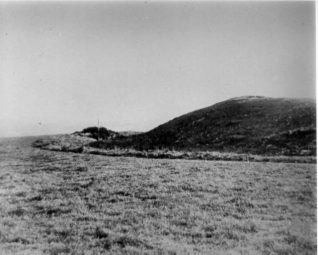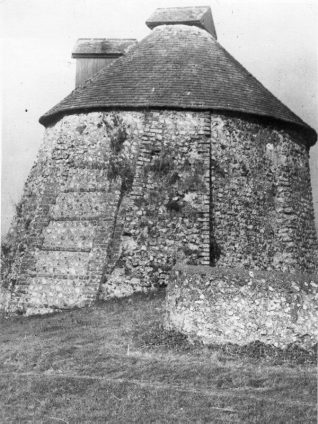Ancient monuments and sites of specific scientific interest



Please note that this text is an extract from a reference work written in 1990. As a result, some of the content may not reflect recent research, changes and events.
There are nine scheduled ancient monuments within the borough, protected against damage by statute. They are:
i) Beacon Hill long barrow, Rottingdean
ii) Castle Hill earthworks, Balsdean
iii) Eastwick earthworks and lynchets, Patcham
iv) Ewe Bottom entrenchment, Patcham
v) Hollingbury Castle Camp
vi) Patcham Court Farm dovecote, Church Hill,
(which is also a listed building)
vii) Pudding Bag Wood round barrow, Stanmer
viii) Tegdown Hill tumuli, Patcham
ix) Whitehawk Hill Camp
Only the Beacon Hill, Hollingbury and Whitehawk Hill sites have public access. It will be noted that eight of the nine are archaeological sites, the other being Patcham Court Farm dovecote.
Brighton also has three sites of special scientific interest (SSSIs):
i) Castle Hill, Balsdean (also a National Nature Reserve)
ii) Cliffs from Saltdean to Newhaven
(most important exposures of the offaster pilula zone in Britain);
iii) Black Rock Cliffs
Any numerical cross-references in the text above refer to resources in the Sources and Bibliography section of the Encyclopaedia of Brighton by Tim Carder.
The following resource(s) is quoted as a general source for the information above:
{44,70a,277,306}




No Comments
Add a comment about this page